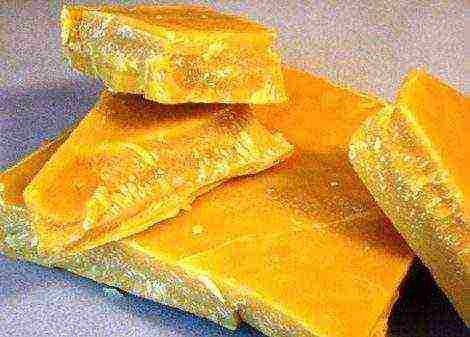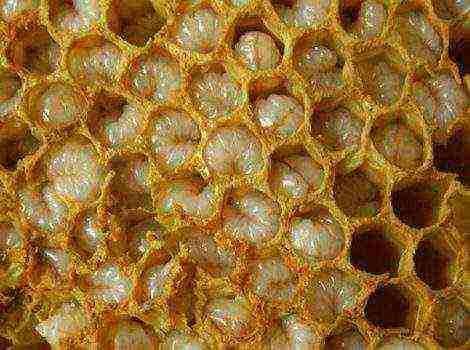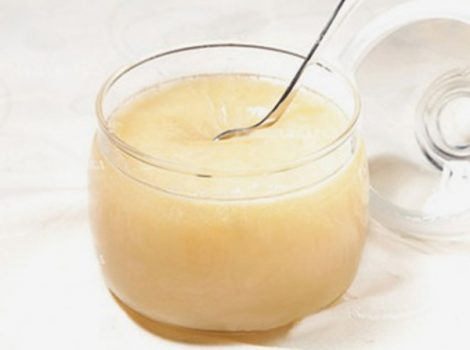Content
- 1 Interesting facts about honey: calorie content, sugaring, consumption rates
- 1.1 Calorie content of honey: how many kcal are in one teaspoon?
- 1.2 Which contains more calories: sugar or honey?
- 1.3 Can I use it for diabetes mellitus: benefits and harms
- 1.4 Candying
- 1.5 How many kilograms / gram fit in a liter / three liter jar?
- 1.6 How much bee product can an adult and a baby eat per day?
- 1.7 Chemical composition and table of contents of components
- 1.8 GOST for honey products
- 1.9 How, where and what to store a real natural product?
Interesting facts about honey: calories, sugar, consumption rates
Honey is a natural, tasty and healthy delicacy that can be consumed as a separate product or added to dishes at will. However, along with the benefits, honey is fraught with danger. First, honey is a strong allergen. It is not advisable to give it to children under one year old. Secondly, it is also better for diabetics to refrain from using this delicacy.
In this article, we will look at honey in different aspects. We will find out its calorie content, we will analyze whether it can be consumed by diabetics and from what age it can be given to children.
Calorie content of honey: how many kcal are in one teaspoon?
Taste is always accompanied by nutrition, therefore honey is a high-calorie product found on our tables. But this is not a reason to give it up while dieting. It is necessary with rationality, without overeating, to use it.
| Type of honey | kcal per 100 grams |
| Floral | 303 |
| Acacia | 335 |
| Buckwheat | 301 |
| Heather | 309 |
| Honeycomb | 327 |
| Lime | 323 |
| Honey with nuts | 485 |
As you can see from the table, each type of beekeeping product has its own calorie content. But 100 grams is not a very clear concept. It is much clearer to consider honey as spoons. So how many calories are in 1 teaspoon of honey:
- In 1 teaspoon with a slide - 32 Kcal
- 1 heaped tablespoon - 72 Kcal
Linden honey is a product consisting of a maximum of useful substances, which makes it the most delicious and popular in comparison with other varieties. 100 grams of delicacies contain about 320 Kcal.
Bees collect buckwheat honey from the nectar of blooming buckwheat... Its shade is bright, from yellow to brown, and sometimes reddish. This product is classified as high quality with a pleasant aroma. It contains 37% glucose and 40% fructose, which contributes to its high calorie content - 301 kcal per 100 g.
For a long time, people have been asking the question: is there sugar in the composition of honey? Yes, but not the same as in the store, but fruit and grape, in the form of fructose with glucose, while well absorbed by the body.
The complex composition of natural honey is dominated by carbohydrates., the number of which is about 86%. Depending on the variety, there are more than 40 types of carbohydrates.
The main ones are glucose and fructose. Their amount is up to 90% of the weight of all carbohydrates. The rest are complex oligosaccharides, disaccharides and sucrose. It is in the composition of the beekeeping product is about 3%.
Which contains more calories: sugar or honey?
Many people wonder if honey is high in calories. Let's take it apart. Granulated sugar contains more calories than honey. For example, a teaspoon of sugar has up to 18 calories, and honey has 27 calories.
In this case, the calorie content of honey delicacy is higher, but not because sugar is less caloric, but because honey has a higher density, and a little more is placed in a spoon than granulated sugar. In 100 grams of sugar - 400 Kcal, in honey about 330 Kcal.
Despite its usefulness, the honey product is quite high in calories, while sugar is less useful and has a higher calorie content. At the same time, honey calories will be absorbed much faster, and the use of sugar contributes to rapid fatigue, caries and drowsiness.
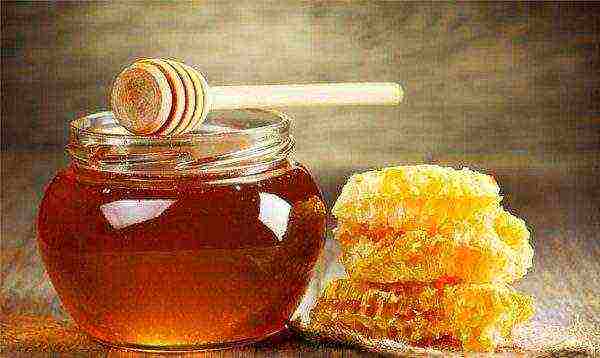
Can I use it for diabetes mellitus: benefits and harms
Can I eat honey for diabetes? There are many different opinions on this issue. Some believe that honey is useful for diabetics - it lowers blood sugar, while others argue that the honey product increases it.
Research proves that honey consumption is not always acceptable for diabetes.
With diabetes mellitus, strict adherence to the diet is required, and if it is not followed, there is no difference than poisoning yourself with sugar or honey in large doses. But with an elevated blood sugar level, honey is contraindicated.
Experts say that the use of honey treats with type 1 diabetes is not only possible, but also necessary. Multiple experiments have proven that constant consumption of this delicacy helps to reduce blood pressure and normalize glycohemoglobin levels by 2%.
Due to its composition, honey is absorbed very slowly, which helps to stabilize blood glucose. Therefore, to the question: is it possible to eat honey with type 2 diabetes mellitus will also be positive. The main thing is to observe a strict daily dosage - 1 tbsp. in a day. Large quantities can cause serious problems.
Candying
Now let's look at whether honey should be sugared and why it happens. Crystallization of honey is a natural process, if only it is natural and without any additives. Its character is influenced by certain factors that reveal the speed and characteristics of this process. At 35 ° C, honey begins to melt gradually.
When 40-50 ° C is exceeded, most of the nutrients are destroyed, and the bee product becomes an ordinary sweet syrup. Therefore, if honey is sugared, this is considered the norm.
Glucose and fructose are the main constituents of honey. Thanks to these elements, honey is candied. Glucose hardens, but fructose does not change the liquid state, enveloping glucose. When scooping up crystallized honey from a jar, a small amount of liquid honey can be seen.
What homemade honey is not candied and why?
The coefficient of fructose and glucose is the main indicator that gives an estimate of the strength of honey sugaring. A delicacy with an increased amount of fructose is sugared slowly and easily softened.
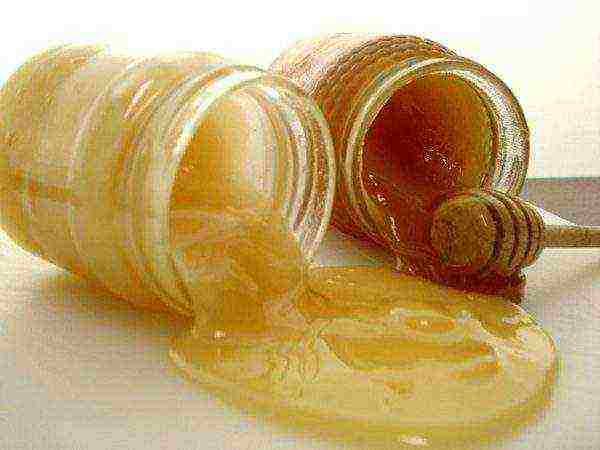
Glucose crystals collect at the bottom, and a dark mass rises to the top. A striking example of this is honey from acacia, with a predominance of fructose - it can be sugared, but it hardly hardens, remaining in a liquid state. An example of such honey is sunflower honey, with a predominance of glucose, which can crystallize in a short time.
The weight of honey changes its indicators depending on the temperature and humidity in it. The higher this data, the less weight.
You may also be interested in the following articles on honey:
- How to take honey with water in the morning?
- Useful properties and contraindications of clover honey.
- Useful properties of wild honey.
How many kilograms / gram fit in a liter / three liter jar?
For measurement, use grams and kilograms. The density of the honey delicacy is approximately 1.5 kg per 1.5 liters. With increased humidity, the density decreases.
- in 1 teaspoon without a slide - 8 grams of honey;
- in 1 level tablespoon - 17 grams;
- 50 g of honey is 2.9 tablespoons or 4.2 level teaspoons. With a slide - 1.5 tablespoons or 2.5 teaspoons.
The main principle of the ratio of weight and amount of bee nectar is 1.4 / 1, for example:
- a liter jar holds 1.4 kg of honey;
- in a three-liter jar, a little more than 4 kg of honey is obtained.
And in reverse order:
- 1 kg of honey fits in a 750 ml container;
- 500 g of honey fits in a 450 ml container;
- 100 g - about five level tablespoons of honey.
How much bee product can an adult and a baby eat per day?
Now let's talk about how much honey you can eat per day without harm to humans. Honey is a useful product for the human body.
An adult is recommended to consume 100-150 g of the product per day. For better absorption, it must be eaten 1.5-2 hours before a meal, or 3 hours after a meal. The best way to drink it is with warm milk, tea or water.
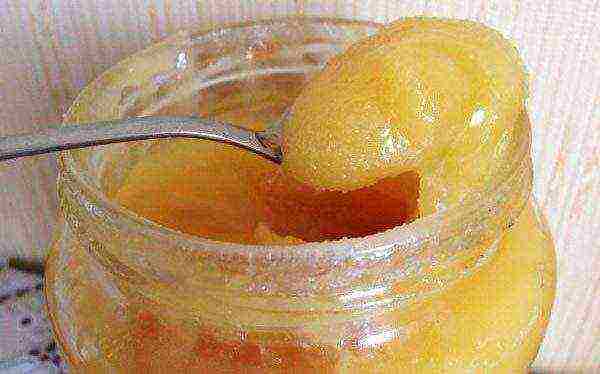
For children, the consumption of honey is recommended along with other food - tea, fruit or porridge. In this way, the body absorbs the delicacy faster. A large amount of the product should not be given to babies, otherwise they may become disgusted.
When such an acquaintance has already been, and allergic reactions have not occurred, then a child under two years old can be offered 0.5 teaspoon, and over two years no more than 1 teaspoon per day. In children prone to allergies, honey is excluded from the diet.
Chemical composition and table of contents of components
The table shows the chemical composition and content of all components of the beekeeping product (vitamins, minerals, calories, proteins, fats and carbohydrates) per 100 grams of the product.
| Minerals | ||
| Potassium | 64 | mg |
| Phosphorus | 7,2 | mg |
| Calcium | 5,1 | mg |
| Manganese | 0,36 | mg |
| Copper | 31 | mg |
| Zinc | 0,1 | mg |
| Magnesium | 2,9 | mg |
| Iron | 0,5 | mg |
| Chromium | 5 | mg |
| Boron | 0,7 | mg |
| Fluorine | 8 | mg |
| Vitamins | ||
| Vitamin A | 0,04 | mg |
| Vitamin B2 | 0,04 | mg |
| Vitamin B3 | 0,3 | mg |
| Vitamin B5 | 0,07 | mg |
| Vitamin B5 | 0,8 | mg |
| Vitamin B6 | 0,02 | mg |
| Vitamin B9 | 0,08 | mg |
| Vitamin C | 2 | mg |
| Vitamin E | 4 | mg |
| Vitamin H | 0,15 | mg |
| Vitamin K | 1 | mg |
The chemical composition of centrifugal honey(by J.W. White)
| Compound | % | G |
| Water (natural moisture) | 17,20 | 78,0 |
| Sahara:
Levulose (fruit sugar) Dextrose (grape sugar) Sucrose (table sugar) Maltose and other disaccharides Higher sugars |
38,19
31,28 1,31 7,31 1,50 |
173,2
141,9 5,9 33,2 6,8 |
| Total Sugars | 79,59 | 361,0 |
| Acids (glyconic, citric, malic, formic, acetic, butyric, lactic, etc.) | 0,57 | 2,6 |
| Protein | 0,26 | 1,2 |
| Ash (potassium, sodium, calcium, magnesium, chlorides, sulfates, phosphates, etc.) | 0,17 | 0,8 |
| Total acid, protein and ash | 1,00 | 4,6 |
| Minor components (pigments, enzymes, vitamins, alcohols, flavors and aromas) | 2,21 | 10,0 |
| Total | 100 | 453,6 |
GOST for honey products
GOST R 54644 2011 for the latest bee delicacy “Natural honey. Technical conditions "has been in effect since 01.01.2013, but the majority of organizations, when labeling goods, put GOST 19792-2001. There is no error here - GOST 19792-2001 is valid until 01.01.2017.
According to GOST R 54644-2011, they are divided into:
- honeydew - collected by insects from deciduous or coniferous plantations;
- floral - collected by insects from honey flowers;
- mixed - a natural combination of these two types.
According to the method of collection, the product is classified into:
- press - mined by pressing honeycombs;
- centrifuged - extracted from the honeycomb by centrifugation;
- honey in combs - a piece or several pieces of honeycomb placed in a container and poured with a centrifugal honey delicacy.
Only the above types of honey product with the following data are allowed for sale:
- must be liquid, fully or partially candied;
- without third-party fragrances, with its own pleasant smells;
- be sweet, without unnecessary aftertaste.
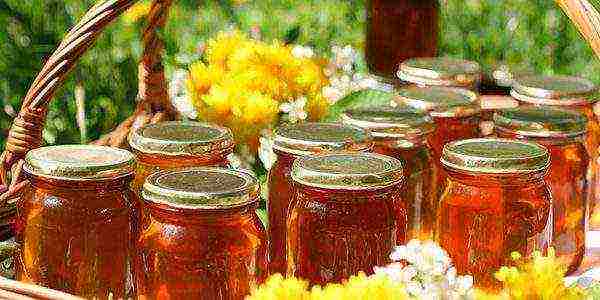
How, where and what to store a real natural product?
How to store honey at home in an apartment? Store honey in a sealed container in a dry, well-ventilated place. This is necessary due to the fact that honey belongs to the category of hygroscopic products. The product absorbs moisture about 50% of its weight. The room where honey remains should not have any aromas.
The place in the apartment for the preservation of honey dainties should be out of sunlight, well ventilated and cool. A logical question arises: is it possible to put honey in the refrigerator, because all the criteria are met? Yes, you can - this is a suitable way, especially in summer. In this case, the container should be tightly closed so that the honey does not absorb odors and moisture. Best stored in a glass container with an airtight lid.
What is the best way to store honey? The most suitable storage containers are:
- aluminum cans;
- wooden barrels;
- clay and ceramic container;
- glassware;
- tin containers, inside covered with food paint4
- paraffin-treated cardboard cups or paper bags;
The qualities possessed by honey in combs make it possible to store it in its natural form for a long time. The honey product in this version is always disinfected, and the secretions of insect saliva in the wax do not allow bacteria to get into the honey. But there is one drawback: the wax allows moisture to pass through, which causes fermentation.
How much real honey can you store at home? Honey delicacy retains its useful properties for a long time, while it is a unique product that is stored raw. For example, the famous historian T.M. Davis found a container of honey in one of the burials in Egypt, which was 3300 years old. To his surprise, the honey was in excellent condition.
